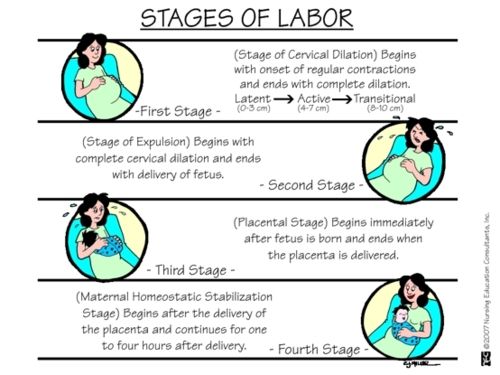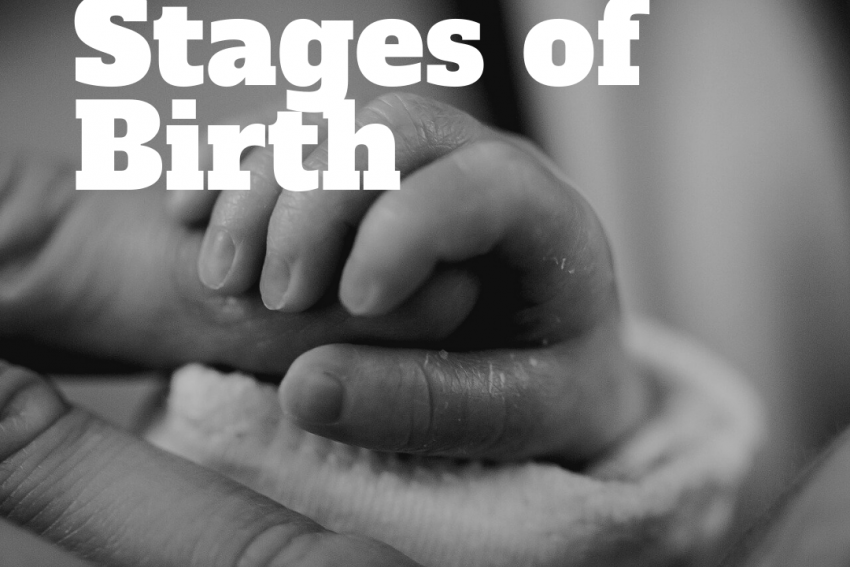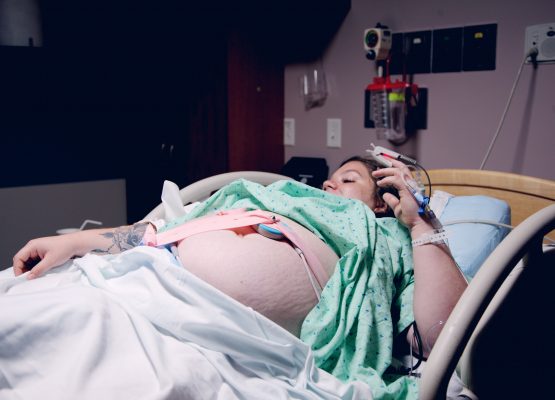The birth of a child is a wonderful experience that shocks us and remains indelible in our memory. Those of you who are already moms know this well.
Normal childbirth requires care, time, and knowledge. The fear of the unknown exists but the stress of childbirth is normal. It is a good idea to know the stages of childbirth so that you can better understand the progress of childbirth and consciously participate in the birth of your child. Birth is a completely normal process for millions of women in the world where it develops between 37 and 42 weeks.

1st – The stage of dilation: If it starts at night (the most common), stay lying down and try to rest, you do not need to “run” to the hospital if you intend to give birth there, otherwise call the midwife or your closet to support you from the beginning of childbirth at home. Fear is not your ally in this journey. As much as possible, try to concentrate on your baby. Talk to him and caress your belly in every wave that will come. The first stage will start with normal uterine contractions and until the cervix is fully dilated about 10 cm. It’s the biggest stage so you need patience. The duration can be longer than 2-18 hours.
Keep yourself busy so you can keep your energy when the second stage starts.
2nd – The extrusion stage: The waves are now more intense. The contractions of the uterus are closer to each other, last longer and are more intense. The need for push to give birth to your baby is intense and naturally comes to every woman. The contractions come every 2 to 4 minutes and last 60 to 90 seconds. It is the most exhausting and demanding part of childbirth. The expulsion time lasts from 20 minutes to 2 hours without the use of epidurals with an average of 30-45 minutes of this stage.
It is important to breathe properly and make sure you relax after each contraction. As your baby’s head progresses, you may feel burning or stinging in the vagina and a lot of pressure on your perineum.
3rd – The expel of the placenta stage: A few minutes after birth, the uterus begins to contract once more. The completion of childbirth is completed by detachment and exit of the placenta from the vagina. This stage lasts a few minutes about 30 and usually, placental expel is neither painful nor difficult.
Childbirth is an intense and beautiful experience, which requires intense effort from the mother to complete. The pain and suffering you went through in the previous hours disappear the moment you hold the baby in your arms. The pride and awe you will feel will fill you with strength and you will remember the birth of your child, as the most important moment of your life.




